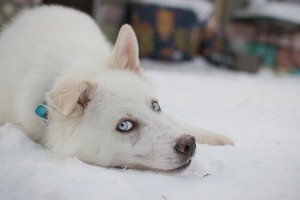 Whether we like it or not, winter is fast approaching and we all know what that means: sub-zero temperatures, blistering winds, and waist-high snow drifts. It can be a beautiful time of year, but it’s also one of the most dangerous for pets and neighbourhood animals who can’t always find a warm place to go during these coldest months. With a little help from us, though, we can make surviving the winter a little bit easier on our four-legged furry friends!
Whether we like it or not, winter is fast approaching and we all know what that means: sub-zero temperatures, blistering winds, and waist-high snow drifts. It can be a beautiful time of year, but it’s also one of the most dangerous for pets and neighbourhood animals who can’t always find a warm place to go during these coldest months. With a little help from us, though, we can make surviving the winter a little bit easier on our four-legged furry friends!
To keep your pets safe:
1) Be mindful of the temperature: As a general rule of thumb, if it’s too cold for you to be outside, it’s probably too cold for your pets. In last year’s Vet Q&A: Winter Edition, Dr. Anwar of Lakeside Vet Clinic says -20C is the cut off; below that temperature, hypothermia can set in very quickly. Don’t forget to factor in the windchill, too!
2) Limit time outside: Limiting cold exposure becomes important as the mercury drops, so try to stick to shorter periods of outdoor play or walks if it’s well below freezing.
3) Dress your pet appropriately: Certain breeds of dogs can withstand longer periods of time outside, but for smaller dogs, it may be wise to invest in cold weather gear like sweaters, vests, and booties. (Booties are also good to keep salt from irritating and damaging your pet’s paws!) Also keep in mind that puppies, short hair breeds, and recently-bathed dogs are more prone to cold; keep your puppies safe and warm, don’t clip your dog’s hair too short, and wait until your dog’s fur is completely dry before heading outside for playtime.
4) Supervision: It may be tempting to open your backdoor and let your dog run around in the snow while you stay bundled up indoors with a warm cup of cocoa instead. But in really cold weather, supervision of your pet is vital in order to monitor for signs of distress. Signs of cold weather distress include shivering, lack of mental alertness, and weakness. If your pet begins exhibiting these signs, it’s important to bring them indoors and warm them up with blankets and cuddles.
Supervision also ensures your pet doesn’t get into rock salt or antifreeze that has been used, left out, or spilled! If possible, avoid using salt and chemicals at all on your sidewalks, and clean up any spills immediately. This not only protects your pets but also other pets and neighbourhood animals in your community.
5) After playtime: It’s important also to keep your pets warm after outdoor playtime is over. Under your vet’s supervision, it may be a good idea to increase the amount of food your dog is eating if they are active outdoors. Make sure that you provide safe and dry places for your pet to sleep, away from drafts and off the floor if possible (ie. on a cat or dog bed, with a warm blanket and pillow.)
This goes double for dogs with outdoor shelters. Ensure warm, dry bedding is provided (straw is a good bedding material, provided it is changed frequently), that their kennel has a sloped roof and is insulated from wind and heated, and with a doorway that prevents snow and rain from getting inside. If you have any doubts about their outdoor shelter or if the weather is extremely cold for an extended period of time, it is always better to bring your pet inside than risk their health in a questionable shelter. Zoe’s is always looking for donations of dog igloos for this exact reason. If you happen across one in good condition that you think would be usable, contact us and we can make sure it makes to a location where it will be used by neighbourhood dogs in need!
Hopefully by following these tips, you can enjoy the long winter months with a healthy, happy pet by your side!
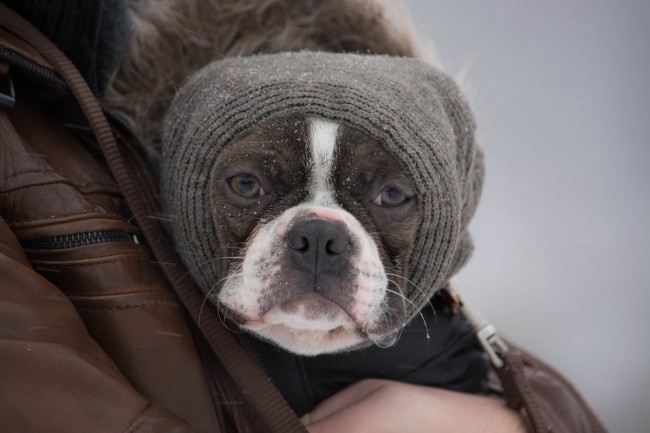
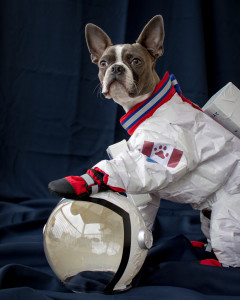
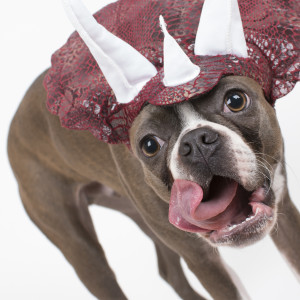 Costumes
Costumes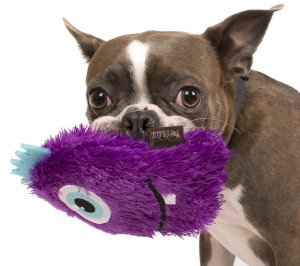 Decorations
Decorations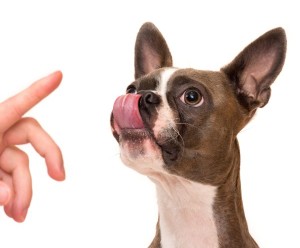 Candy
Candy





